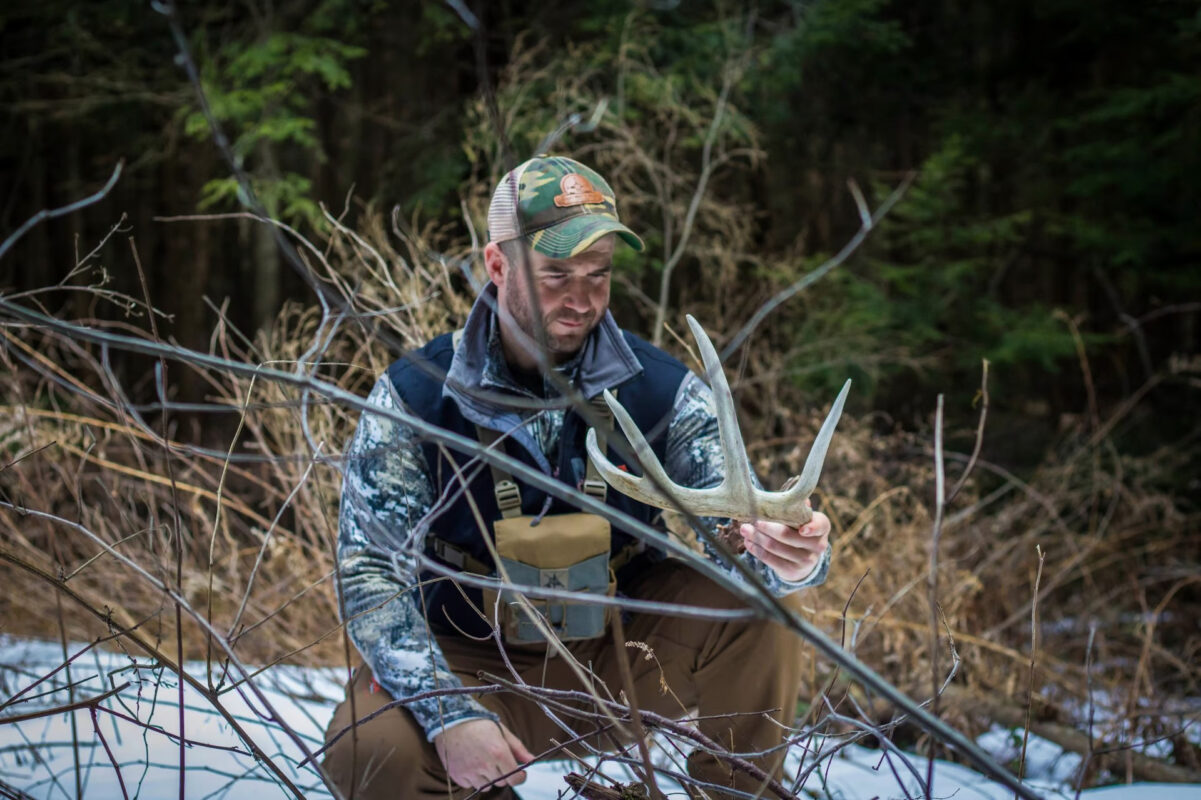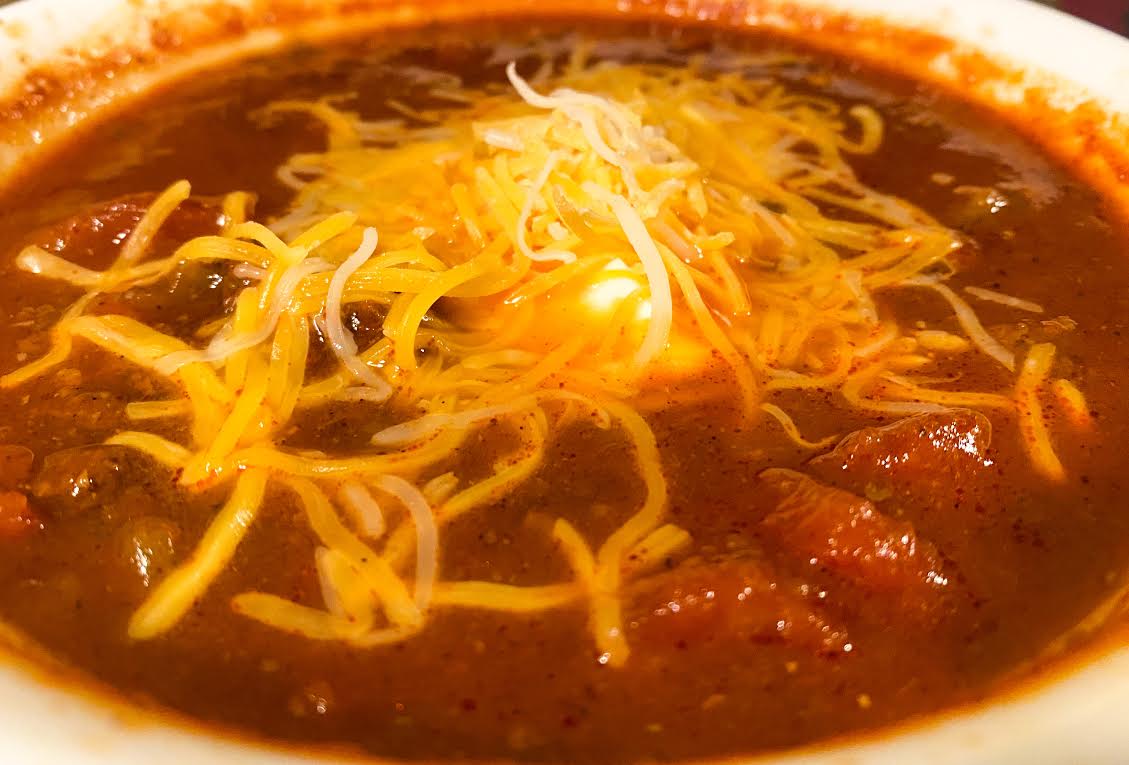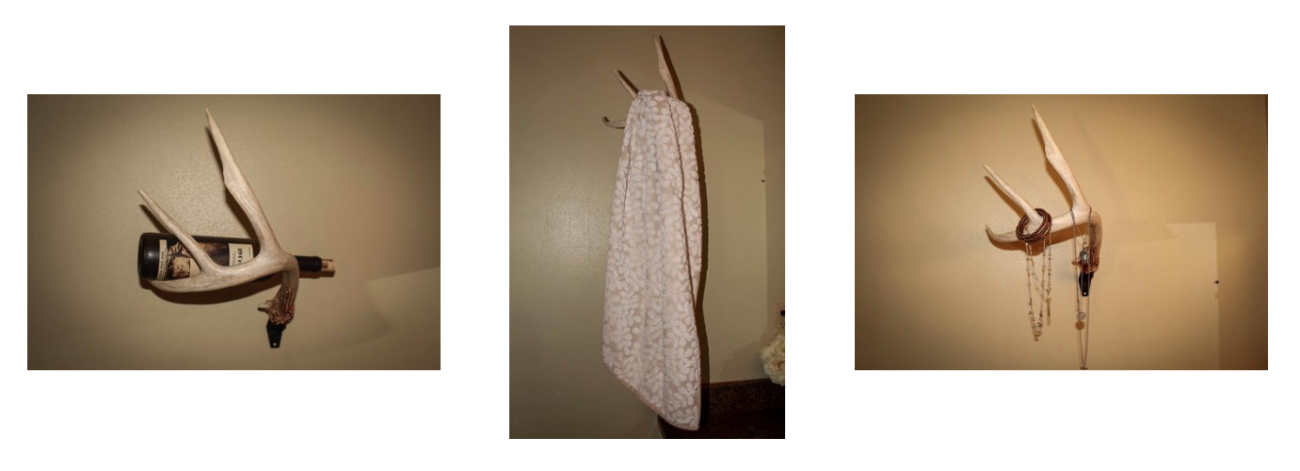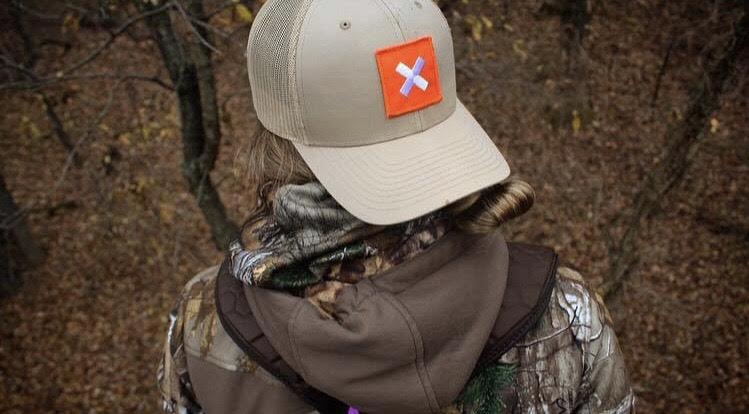


In today’s world, all the rage for Whitetails deals with growing, attracting and holding deer on your property! With that being said, foodplots are an ideal way to up the odds for YOU, as a whitetail hunter! But, are YOU providing the right type of Foodplot to your property, in order to maximize both the benefits that your deer are given and what the plot can do for your property? Let’s dive into the two types of foodplots and why each has very specific pro’s and con’s!
The “Feed” Foodplot



This is, what most would consider, the basic Foodplot that most hunters think of when they think of the word “Foodplot”! This plot is typically larger in design that our other type and serves the primary purpose of providing an ample amount of feed for the local deer herd. Multiple acres would be ideal, so that this plot can withstand grazing pressure and provide enough food for multiple months and or seasons during the year. An example of this would be soy beans, which provide summer, fall and winter feed for the deer. It should be noted that this type of plot can be an annual, or a perennial and can be a magnitude of different variations and varieties. The main purpose of this plot should be to provide food to attract, grow and hold deer. We want this food source to be a spot where deer can get the nutrition that they need and feel safe while doing so.
In my opinion, location is the biggest factor when creating this type of foodplot. For example, some types of properties will not offer a large portion of ground to put in this type of foodplot and therefore it will be hard to get this foodplot to do well under grazing pressure. Therefore this type of foodplot would not be as ideal as the other type of foodplot that we will talk about a little later on, “The Kill” plot. With that being said, sometimes anything is better than nothing and if you don’t have many acres to work with, but still want to provide some type of feed plot for your deer, I’d recommend looking at a fall, or winter type mixture. This will provide some feed for the deer herd during the hardest times of the year for them, post rut and winter.
In my opinion another key component to this foodplot strategy is LOW pressure! This style of foodplot should be treated like a bedding area, if you want to maximize its potential and reap the rewards from what it can offer a property. I try to never hunt in or over these foodplots, so that way my deer can feel safe, secure and want to stay on my property for as long as possible. I think this is where a lot of people make mistakes on foodplots, they tend to want to hunt directly on the plot and this creates pressure, which is then associated with the foodplot. This correlation creates a habit where deer do not feed on this plot during daylight and also will not bed close by. This hurts our hunting chances on the property and puts unwanted stress on our deer. I’m not saying to not hunt over foodplots, but I’m saying to keep a feed style foodplot for its intended purpose of feeding the deer in a safe environment. This leads us into our next type of Foodplot, which is perfect for hunting!
The “Kill” Foodplot



This style of Foodplot in my opinion, is solely based off of its title – it’s an intended spot to kill deer on, or near! This foodplot is going to be created and geared towards making sure that it provides a hunting spot for us to utilize on the property. A few keys to this style of foodplot are; location, size, type of food being planted and wind direction!
When it comes to the location of this foodplot, in my opinion, this style of plot makes the most sense on a lot of properties, especially those that aren’t very big. Unlike our “feed” foodplot, where size is very important, this style is actually better off to be smaller in design. By having a smaller plot, we can manipulate deer movement to our advantage. Using techniques like; putting a screen(BigTine Borderline is a great option) of grasses around the edge, or building the plot in an “hour glass” shape can form certain pinch points that we can use to our advantage. With that being said, the location of this plot should be in conjunction with what winds work well for the deer. We want this plot in a spot that deer like to be in and feel comfortable in during daylight.
I personally like to let trail cameras do all of my dirty work for me when it comes to picking out a kill plot location. Whatever wind they like to use in daylight, is a location that’s suited for this style of food plot because we want to hunt on, or around this plot! By using a location that allows a certain wind to be in the deers advantage, gives us a perfect spot for a kill plot that deer will actually use during daylight. It’s now up to us to hunt these winds accordingly and to be smart while doing so. This is where saddle hunting and being mobile can be such an adventure because you can make any wind that works for the deer on this plot, work for YOU!
When it comes to what to plant in this type of foodplot, we must keep in mind that this foodplot is not intended for multiple months of use. This is a very seasonal style of plot, so we want to plant it based on when we want to hunt it. For example, if we’re planning to hunt this spot early on in the season, Foundation Clover from BigTine would be an excellent choice! But, let’s say our work schedule only allows us to hunt in November, then we need a food source that will provide feed during that time, so maybe corn, brassicas, or some type of grain would be our best bet. These would give the deer food that they desire during that time and makes the most sense for us to hunt on, or around this foodplot.
All in all both of these styles of foodplots provide an ample amount of “positives” to our deer herd and our property. Although, not every property can have both of these styles on it, due to size, location and limitations etc. typically every property can have at least one of these styles on it! By utilizing these foodplots on your properties the correct way, you will see numerous benefits in your hunting and in your deer herd!







